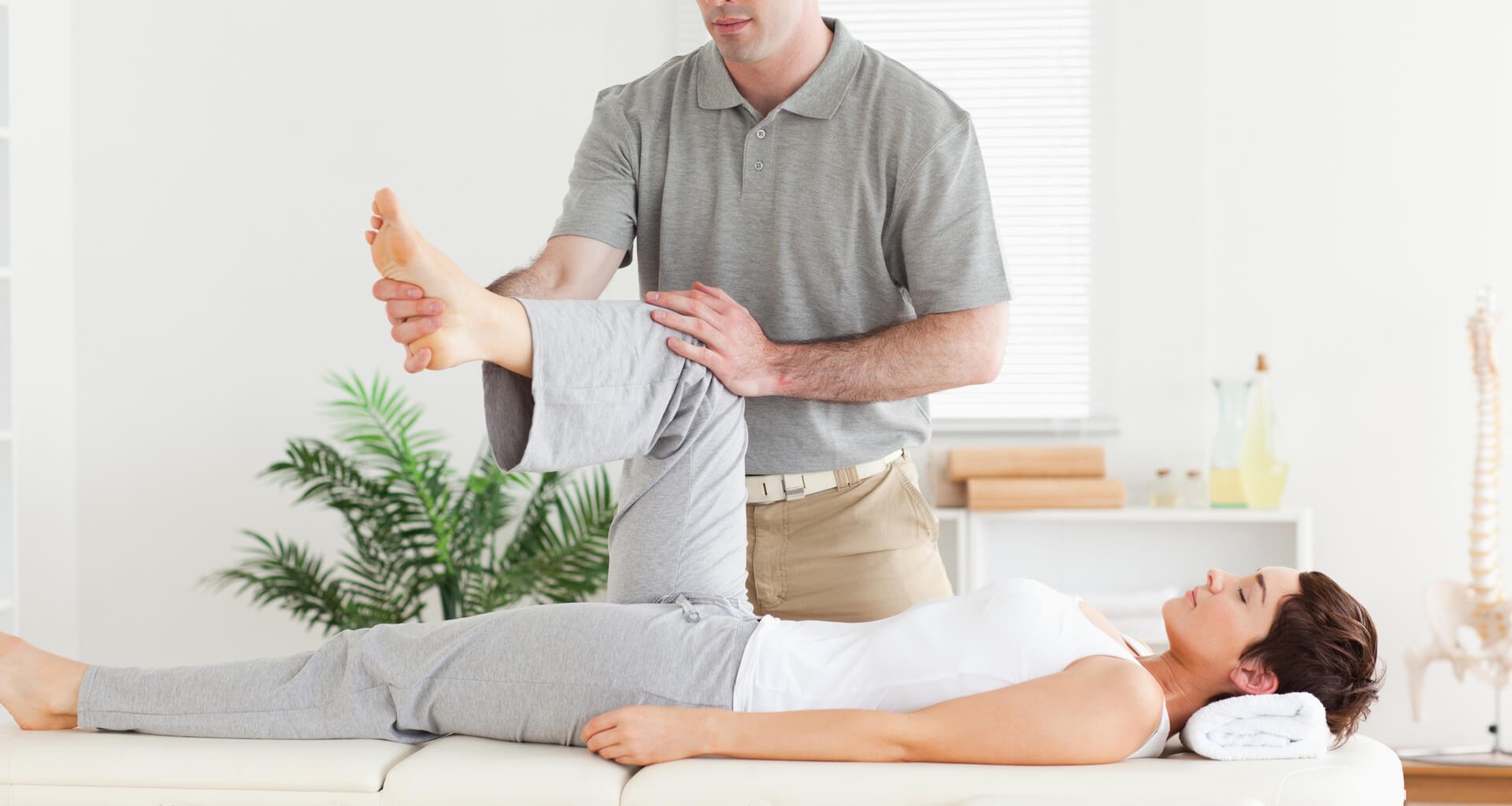
Pulmonary Rehabilitation
Home / Pulmonary Rehabilation
Pulmonary Rehabilitation
More than 35 million adults in the US live with lung disease. This includes Chronic Obstructive Pulmonary Disease (COPD,) Emphysema, Chronic Bronchitis, Pulmonary Hypertension, Bronchiectasis, Cystic Fibrosis, Asthma, Interstitial Lung Disease (Pulmonary Fibrosis,) and now Covid-19. According to published medical research, pulmonary rehabilitation is more effective than other therapies such as drugs (inhalers, steroids,) and results in a better quality of life, for those living with any of these lung diseases.
It has been shown that Pulmonary Rehab reduces the chance of hospitalizations and improves endurance and overall longevity.
Your rehab team at La Mesa Rehab will consist of a respiratory therapist and a physical therapist working closely with your physician to develop a plan that is tailored to your needs and abilities.
COPD News Today
Find out how pulmonary rehab works better to treat COPD.
The Goals of our Comprehensive Pulmonary Rehabilitation Program
Comprehensive Therapy
Our comprehensive approach to Pulmonary Rehab provides the best and longest lasting outcomes for people with chronic or acute pulmonary disease. You will be working with both a Respiratory Therapist and a Physical Therapist to address breathing mechanics and muscle energetics. In order to provide optimum benefits, your program will be designed according to your specific lung condition and stage of life. Each session begins with obtaining your oxygen levels, blood pressure, heart rate and daily symptoms. Our Medical Director will review your past medical history and medications. This information plays a significant part in the design of your program.
• To reduce your number of hospitalizations and readmissions.
• To reduce and control your shortness of breath (SOB) during activities at home, exercising and walking in the community.
• To increase your pulmonary capacity by improving your posture, breathing techniques, and strength.
• To educate you about the medical condition affecting your lungs, different treatment options, and coping strategies.
• To educate you about maintaining healthy behaviors such as smoking cessation, good nutrition, stress management, and exercise.
• To increase your strength and balance to reduce your risk of a fall.
• To teach you to conserve your energy with pacing and planning.







